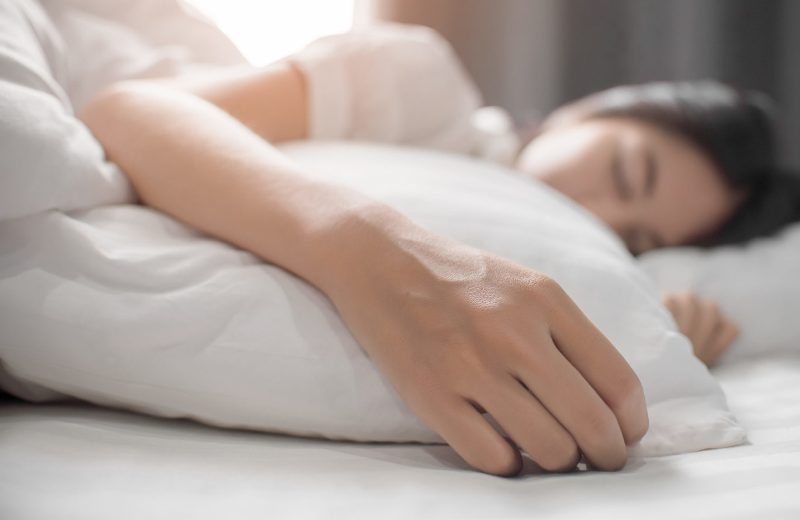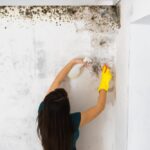Sleep is a crucial part of our daily lives. Sleeping effectively and efficiently can improve all aspects of wellness. Over the last decade, many milestones have been reached in sleep-related research and study. The results have been clear. Sleep affects everything: mental acuity and cognitive function, physical regeneration and growth, energy levels and motivation, even appetite and sex drive.
Just as sleep affects almost every aspect of our lives, so too does almost every aspect of our lives affect our ability to effectively sleep and make the most of the benefits sleep offers. Many factors can promote a healthy sleep pattern. Think along the lines of physical activity and exercise, a balanced nutritious diet that helps promote sleep, stress management, maintenance of our circadian rhythm, and managing and controlling stimulation.
However, one of the most critical aspects of sleep health is where we sleep. The circumstances of the day and leading up to sleep are incredibly important, but of equal importance is cultivating a relaxing comfortable sleep environment designed to promote an easy, efficient, peaceful sleep. Relaxation and routine influence the efficacy of sleep, so creating an atmosphere conducive to relaxation, and maintaining it consistently will go a long way to ensuring you can rest well and capitalize on the most restorative stages of sleep.
What can you do to design your sleep habitat to best foster a quality sleep?
Treat Your Sleep Space As a Sanctuary

Control the role in your life that your sleeping environment plays. If you aren’t sleeping and aren’t in a romantic encounter, your room should be largely off-limits. Don’t hang out in your room. Your bedroom is for sleep. Don’t stimulate yourself with entertainment in your room, don’t work out of your room, and try not to even eat in your room. If you overstimulate and engage in nonsleep related activities in your room, your brain will subconsciously learn that sleep is off-limits.
No Screens or Electronics
Computers, televisions, and phones all emit what is called blue spectrum light. Blue light has a very short wavelength which means it is very high energy. Blue spectrum light can disrupt melatonin production. LEDs and fluorescent lights also have this effect. The circadian rhythm regulates the timing of sleep patterns, feeding times, hormone production, cell regeneration, and brain activity. This is triggered by exposure to and the absence of sunlight. The blue spectrum light emitted from most electronics exists in this blue spectrum. It is recommended to avoid all screens at least 90 minutes before trying to sleep. In the modern world, screens are everywhere and used for everything, so this avoidance can be very hard. If you cannot avoid it, try viewing screens through an orange glass that eliminates the blue spectrum of light from your vision.
Darkness
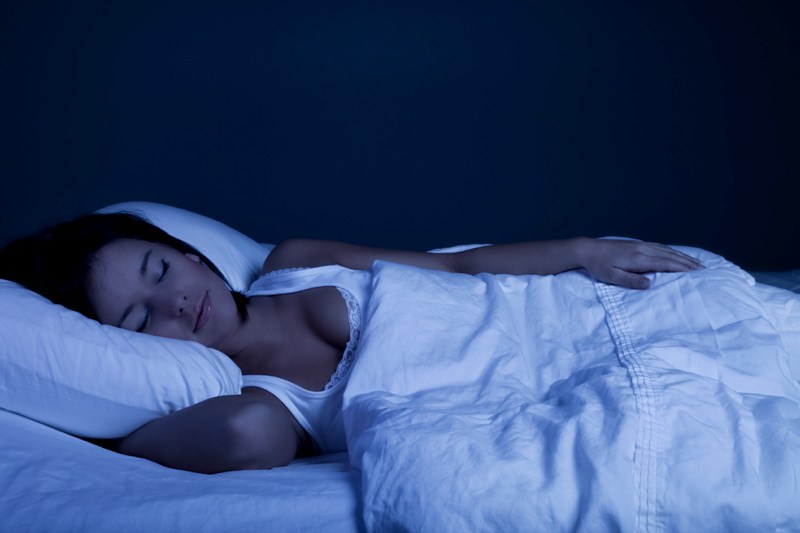
On the other hand, darkness will allow the brain to slow down and trigger melatonin production. Achieving this darkness can be quite difficult. Between city lights through large windows and needing to work late with screen stimulation, keeping a darkened sleep environment can definitely be a challenge.
Be aware of color and how your brain perceives it. Bright colors can be agitating and even effect your dreams subconsciously. Matte finish paints are recommended. Choose a color you identify with as tranquil.
Try to block out all outside light and if you have to get up in the night, try to set your room up so you don’t have to turn any light on in your bedroom during the night. A nightlight in the hallway outside of your room can help.
Audio Stimulation
Even while sleeping, our bodies perceive sound. This feature of our bodies has kept the human race alive through years of survival. It’s a defense mechanism. Though one consideration is that the quieter the room, the more your ears will adapt to become sensitive to sudden changes in sound.
Finding the right pair of earplugs can help. Try to find a pair that are comfortable to your ears and that will cut out most atmospheric sound while still leaving you able to hear and respond to things such as a fire alarm or a baby crying.
If auditory stimulation is a real problem for you, consider a sound machine. Whitenoise and relaxing audio machines can be found and can take the edge off of auditory problems while sleeping or falling asleep.
Feel Better, Sleep Better
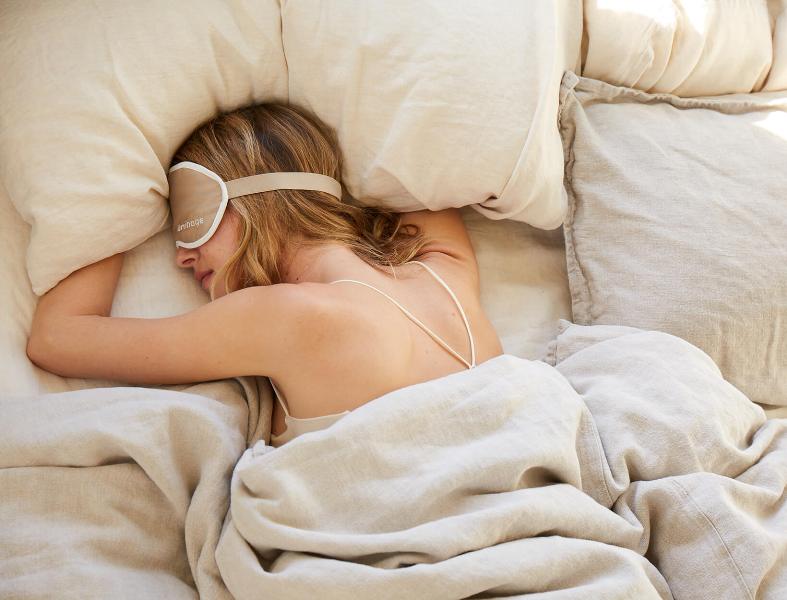
How comfortable we are can be the linchpin to sleep success. Sleeping on a quality mattress, like the Saatva hybrid, can make all the difference in the world, just like other details, like your clothing and sheets.
Try to maintain a comfortable temperature – not too hot, not too cold. Using bedding made of natural fibers can wick away moisture and keep you dry in the night, and these materials tend to trap less heat and keep you cooler in the summer too.
Remove Clutter, Reduce Stimulation
Try to keep your room organized, clean, and structured. Be consistent with your room’s organization. This can help your brain relax into sleep. In general, anything that can reduce stimulation will enhance sleep quality.
Air Quality
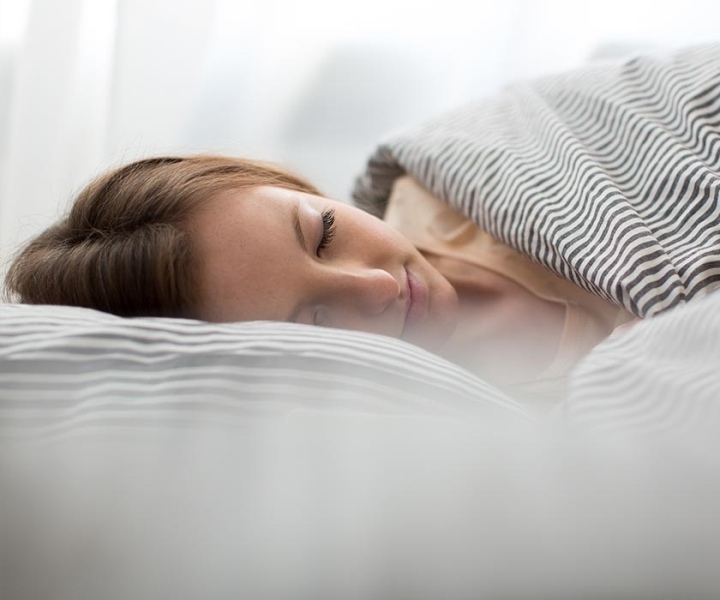
We spend a third of our lives asleep. The air you breathe while sleeping is not insignificant. Keeping clean, fresh air in a sleep environment can be very helpful. There are a few factors that can help.
To air out your room with fresh air, open a window and let the day air out. Consider the materials that everything in your bedroom is made of. Think along the lines of furniture, bedding, mattress, paint, carpet, etc. Many things made with synthetic materials can off-gas harmful chemicals for years and years.
Consider an air filter. Many commercial air filters can allow for a clean soothing atmosphere to help you breathe easier and get the best night’s sleep.
Consideration for all of your senses in your sleep environment can help ensure the best possible night’s rest. Sleep occupies so much of our lives, so it makes perfect sense to pay extra attention to the atmosphere that we occupy during this time to optimize healthy sleep hygiene.
